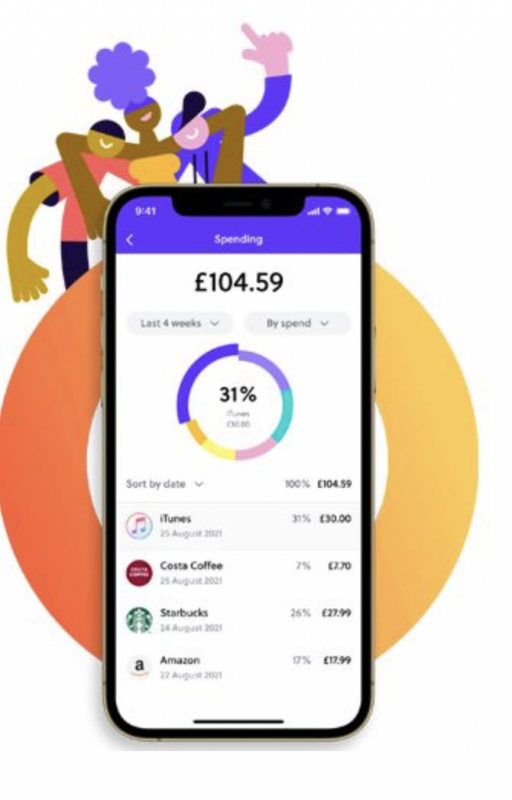Phone and broadband providers are set to increase their prices by up to 8.8% in April.
How Price Rises are Calculated
Many broadband and mobile phone providers use the CPI or RPI rates of inflation to calculate their price rises.
The December CPI figure was 4% and the January RPI figure was 4.9%.
Many providers will also increase their prices each year, regardless of inflation, by a set percentage point, usually 3.9%.
Therefore, your phone bill could go up by 8.8% if your provider raises their price by 3.9% every year, and also adds on a 4.9% increase based on the rate of RPI. Indeed, Virgin Media and O2 are expected to raise prices for mobile-phone customers in the middle of their contracts by up to 8.8% in April.
Ofcom Proposes Ban to Inflation-linked Price Rises
Ofcom stated that 4/10 broadband customers and over ½ of mobile phone customers were on contracts linked to inflation-linked price rises as of April 2023.
They are proposing a ban to inflation-liked price rises and price rises set out in percentage terms in contracts but have not yet published their financial decision.
They are proposing that companies instead set out price rises in customer contracts upfront in pounds and pence, so that customers can clearly see how much their contract will increase by during the contract period.
“With most major phone, broadband and pay TV companies now including mid-contract price rises linked to uncertain future inflation, we are concerned that customers’ contracts do not provide sufficient certainty about the prices they will pay.
So we are proposing to introduce tougher protections for customers by banning this practice” – Ofcom
Consumer Harm
From January to October 2023, Ofcom received over 800 complaints regarding price rises, highlighting just how many customers feel misled about the prices set out in their contracts.
Ofcom notes that consumers lacked understanding about terms like CPI and RPI.
“More than half (55%) of broadband customers and pay monthly mobile customers (58%) do not know what inflation rates such as CPI and RPI measure. And of those who are with providers that use inflation-linked price rises, very few broadband (16%) and mobile customers (12%) were both aware of the price rise and able to identify that it was inflation-linked with an additional percentage.”
They also noted that even those who did consider future inflation-linked price rises when choosing a contract found it difficult to estimate how this could impact their future payments.
It is clear that these inflation-linked price rises are steeped in uncertainty, with customers being misled when entering contracts. Many customers lack the complete financial understanding to realise the terms of their contract, and even those who have an excellent financial understanding are not able to prophesise how much inflation will rise by.
These price rises can make it difficult for customers to manage costs and can lead to consumer harm, as it often means that customers are stuck in contracts paying much more than they thought they would, with no real way of exiting due to high contract fees. More clarity and transparency is needed from phone and broadband providers to help deal with this confusion.
Saving Money on Your Phone
- If you are happy with your existing device, you may wish to consider switching to a SIM only deal when your contract runs out to reduce your monthly bill
- Shop around when your contract is close to running out – look into various providers rather than just sticking with the same one. Money Saving Expert notes that many customers who are out of contract have been rolled onto more expensive tariffs (which you are free to leave without exit fees) so make sure you check when your contract runs out, as it might have already happened!
- When your current contract runs out, you may want to consider buying a new device outright and finding a cheap SIM only deal to pair with it yourself
- Consider using a reseller for your next contract – resellers buy new handsets in bulk at wholesale prices or buy refurbished models and get them back up to scratch. Therefore, they tend to be able to offer mobile phone deals along with network contracts at more competitive prices
